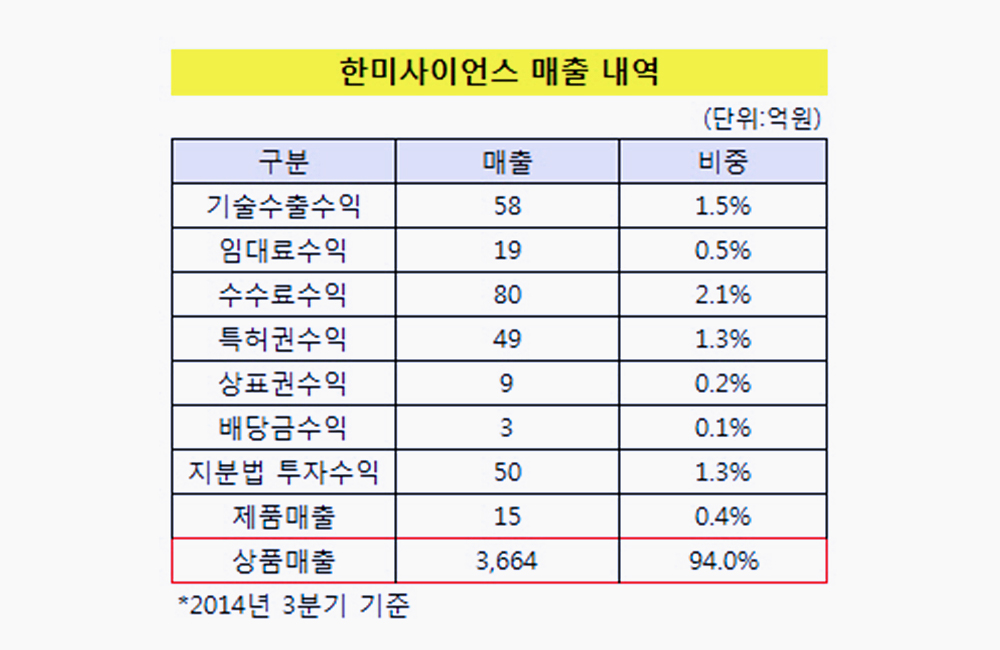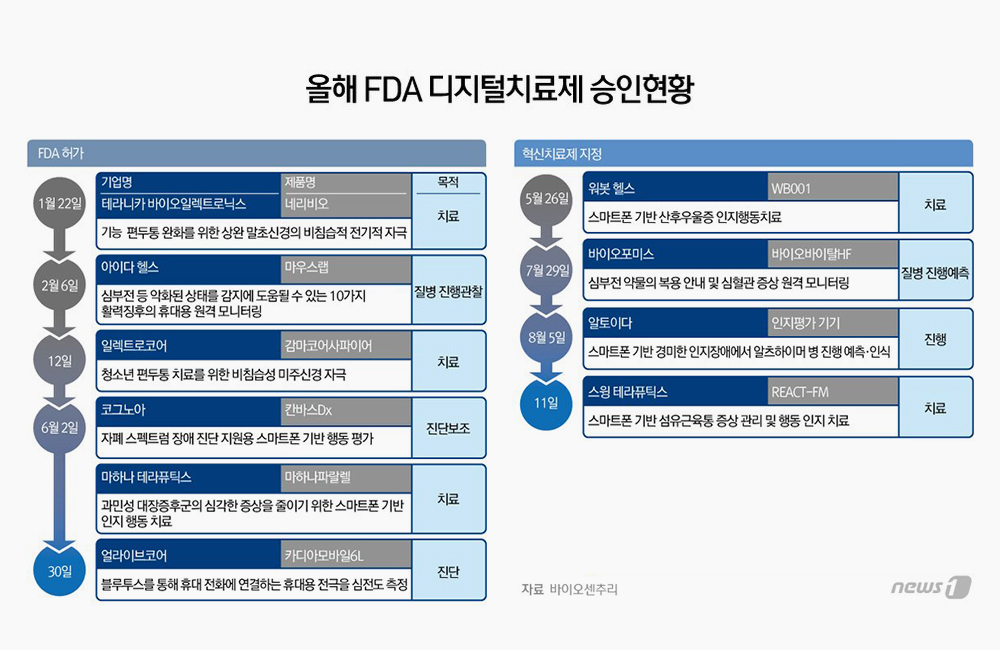Anemia, a condition characterized by the
lack of healthy red blood cells in the body, is common in patients with chronic
kidney disease who need to undergo routine hemodialysis (a process that helps
to "clean" the blood when the kidneys don't function well). Thus, red
blood cell-stimulating agents (called "erythropoiesis-stimulating
agents" or ESAs) and iron supplements (ISs) are administered as part of
this process. But, complications can arise if the patients have an altered iron
metabolism or poor response to medications. Moreover, the medications tend to
be expensive and impose a heavy financial burden on public health. Thus, with
such patients currently on the rise but not enough physicians suitably trained
to administer treatment, additional support systems with smart decision-making
capabilities are highly sought after. One option is to turn to artificial
intelligence (AI), which seems promising but demands a large dataset and is not
practical owing to diverse health conditions of patients.
So, can something be done to improve the
situation? In a recent study published in the International Journal of Medical
Sciences, medical researchers from Japan tried to find the answer. They came up
with a new approach: instead of making the AI learn from the complex physiology
of the patient's body, they opt for a prediction model based on the decisions
of experienced physicians. Assistant Professor Toshiaki Ohara from Okayama
University, Japan, the lead scientist on the study, explains, "We got the
idea while contemplating the thought process of seasoned physicians. After all,
they do not calculate detailed values of vital reactions in a patient's body
when deciding dosages, which means prediction models based on biochemistry are
not necessary."
The researchers started off by collecting
clinical data at two hospitals in Japan and then preparing two datasets for
each hospital: one for training their model and the other for testing and
validating its predictions. Simultaneously, they recorded the dosage directions
of physicians at both hospitals and considered responses for the two
medications used during hemodialysis: ESAs and ISs.
Based on these, they constructed an
AI-based model called an "artificial-intelligence-supported anemia control
system" (AISACS), which received a total of five inputs (four items of
blood examination and dosage history) and churned out dosage direction
probabilities for the two medications as outputs. In addition, to make the
training process more efficient, they compensated for the time lag between
blood examination and dosage decisions by using "data rectification"
to match the decision dates with the examination dates.
To the researchers' delight, AISACS showed
a high prediction accuracy with correct classification (directions matching
those of physicians) rates of 72%-87%. But what was even more interesting was
that it provided "clinically appropriate" classifications at even
higher rates (92%-97%). These were directions that didn't match those of
physicians (and were sometimes provided ahead of them) but were still
considered appropriate from a medical viewpoint.
With these results, researchers are hopeful
about AISAC's future prospects. "By preventing anemia, our system can help
alleviate the burdens on physicians and medical insurance systems. Moreover, it
has the potential to share the knowledge and experiences related to
medications," comments an excited Dr. Ohara.
Hopefully, this new AI-based approach
provides some hope to both patients undergoing hemodialysis and physicians
treating them.









